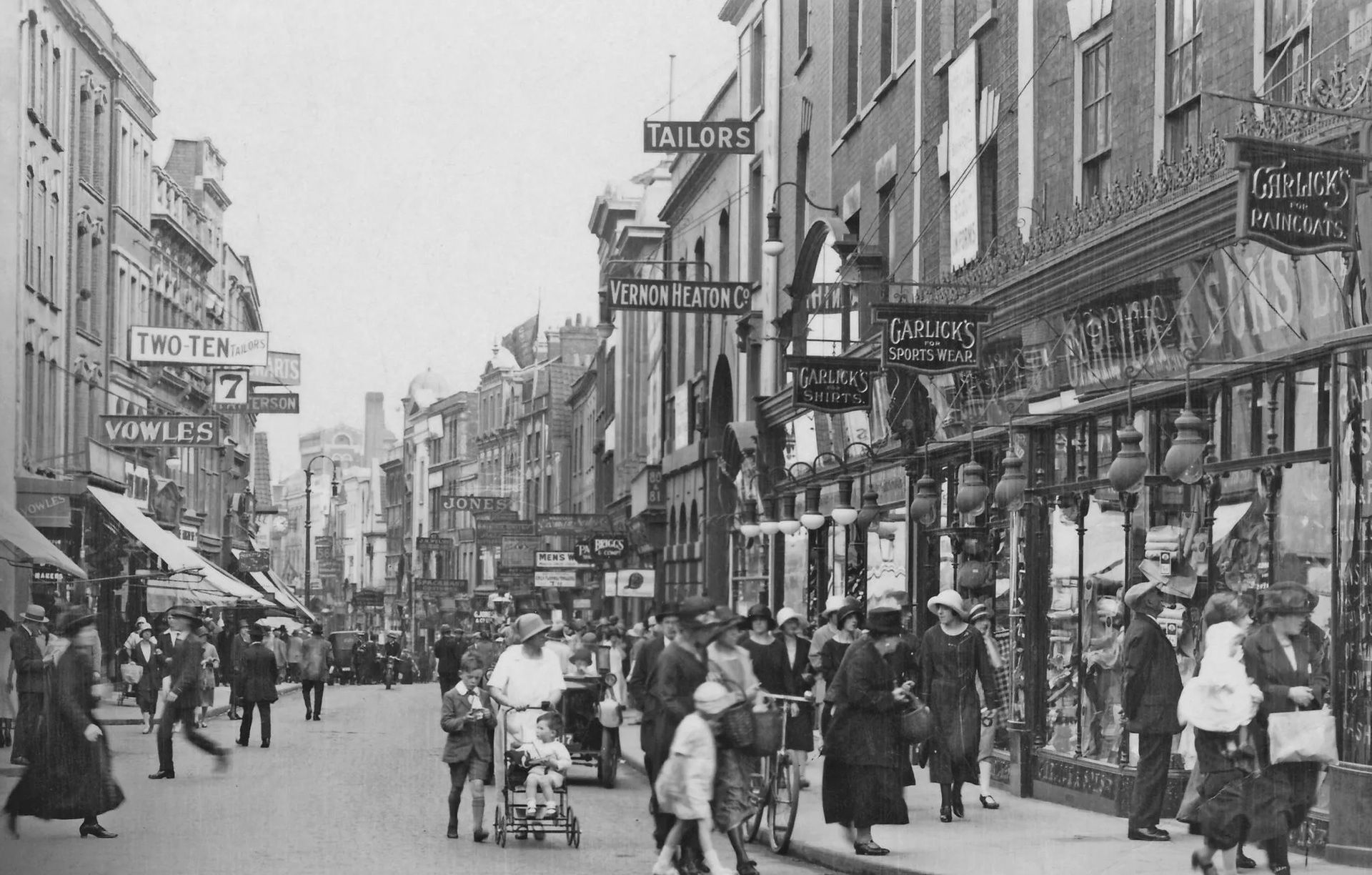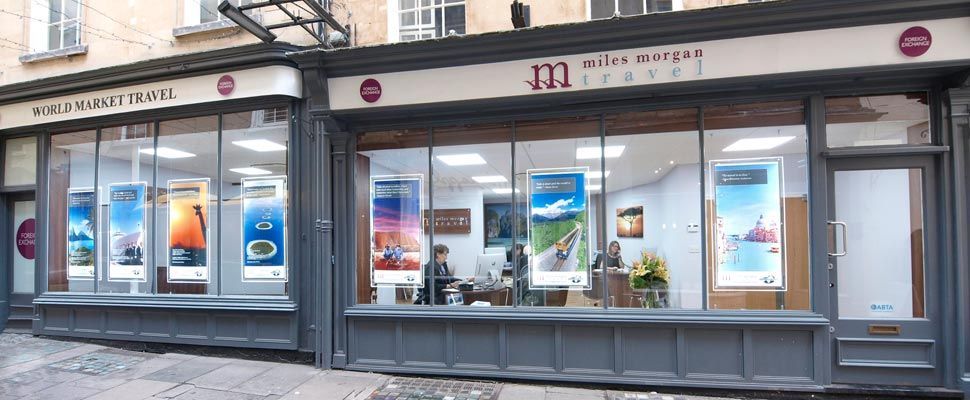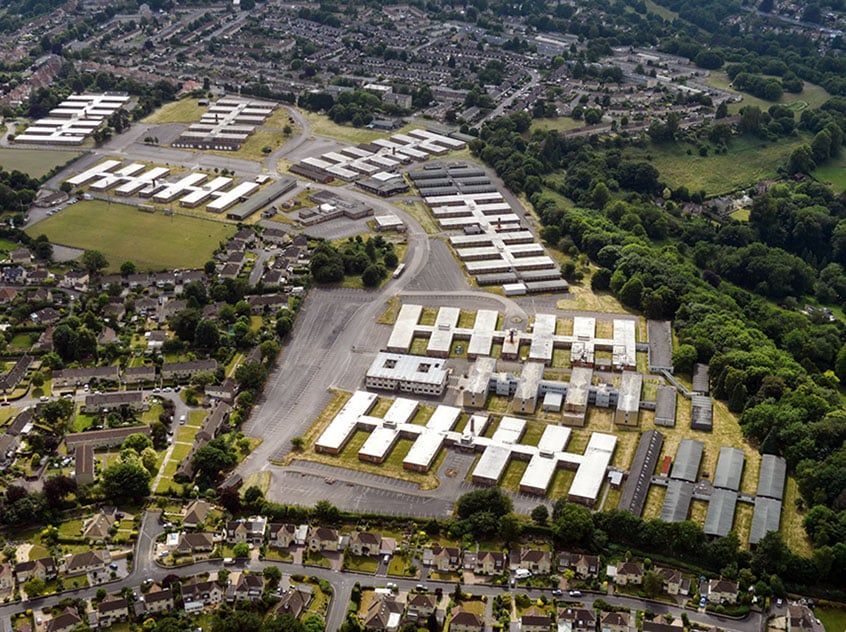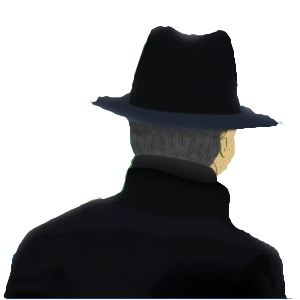About the Author
About the Author

Gordon Nicholas
Gordon Nicholas was born in 1923 in the St. Paul's district of Bristol where his father had a small grocery store. It was a poor and densely populated suburb with a large number of immigrants including Russians and Italians working at the nearby Brooks Dye Works. This cosmopolitan working-class background undoubtedly had an impact on Gordon's views on life.
He spent much of his childhood on his uncles' farms around Springfield in Frome, and at RAF Upavon where his uncle George was a captain of the Royal Flying Corps, having served with distinction in Mesopotamia. Both his father and his two uncles were severely injured in the Great War. His father, who married the nurse that looked after him, continued to suffer from the effects of mustard gas for the rest of his life.
Gordon attended Bristol Boys' Grammar School before winning a scholarship to Clifton College. It was here that he first got to see how the other-half lived, mixing for the first time with the children of the rich businessmen that ran Bristol's Merchant Venturer's Guild. The Second World War had broken out and Bristol University was closed by the time he left school, so further education had to wait until after the war as part of the Ex-Service scheme.
A collapsed lung prevented Military Service, but despite this Gordon served on the Home Front in the Somerset Light Infantry Signals Division before being released from active service in 1947. As with most of his generation, his war time experiences were to colour most of the rest of his life. The devastation of the Bristol Blitz was far worse than many experienced on the front line, and the act of rebuilding the city was something that has taken over sixty years to complete. But my father felt no need for revenge, instead he was overcome by a passion to help his brothers and sisters across the continent avoid such destruction in future.
Gordon developed a passion for mountain climbing as a way of testing himself, conquering all of Britain’s tallest mountains between 1947 and 1953. Snowdon and Garnedd Ugain in ‘46 with colleagues from the army, Ben Nevis in 1947. The Alps were a logical next step, and he went on to climb the Eiger and many others. His climbs of the Schwartzhorn, Wildspitze, Eiger are covered in his
travelogue in some detail, while the Mönch, the Grosse Scheidegg, the Augstmatthorn, and the Faulhorn are mentioned in passing.
He graduated from university in 1953 and travelled across Europe for nearly twenty years in search of adventure and a desire to understand the world better. He was endlessly consuming knowledge, interested in everything and read voraciously with a large stack of books on the go at any time. Charming, quiet, cultured, immensely knowledgeable and slightly cheeky, he was the perfect front man for Seawright’s bookshop in Bath where he was the "manager" if such a title can be used for such an uncommercial business, for many years. He met many famous visitors to the city, including Angela Lansbury, who is referenced in the introduction to the book, and became quite a local celebrity in his own right, speaking not infrequently at the Guildhall and acting as an independent advisor on both architectural and cultural matters.
Gordon did lots of work for Bristol charities, and informally for the Admiralty in Bath. He worked as an editor on the famous publication “Jane’s Fighting Ships” and was a consultant on many other projects behind the scenes. He created a book lending scheme for military personnel all over the country, setup the Bristol Astronomical Society and founded a small commune for the unemployed on the edge of the city at Tadwick.
After the bookshop closed, he was offered a position working for the MOD at Fox Hill, where he was a project and team leader in the "Goddess Programme" which used state of the art computer aided design to minimise the sound of warships passing through the water.
His journal and his travels end in 1970 when he finally meets his future wife. Much to both his and his parents’ surprise, he got married at the age of forty-eight and had three children.

The Bustling Centre of 1920s Bristol

A Sopwith Camel at RAF Upavon

Somerset Light Infantry cap badge

The ruins of Castle Street (central Bristol)

The Bookshop as it appears today

The MOD site at Fox Hill as seen from the air


